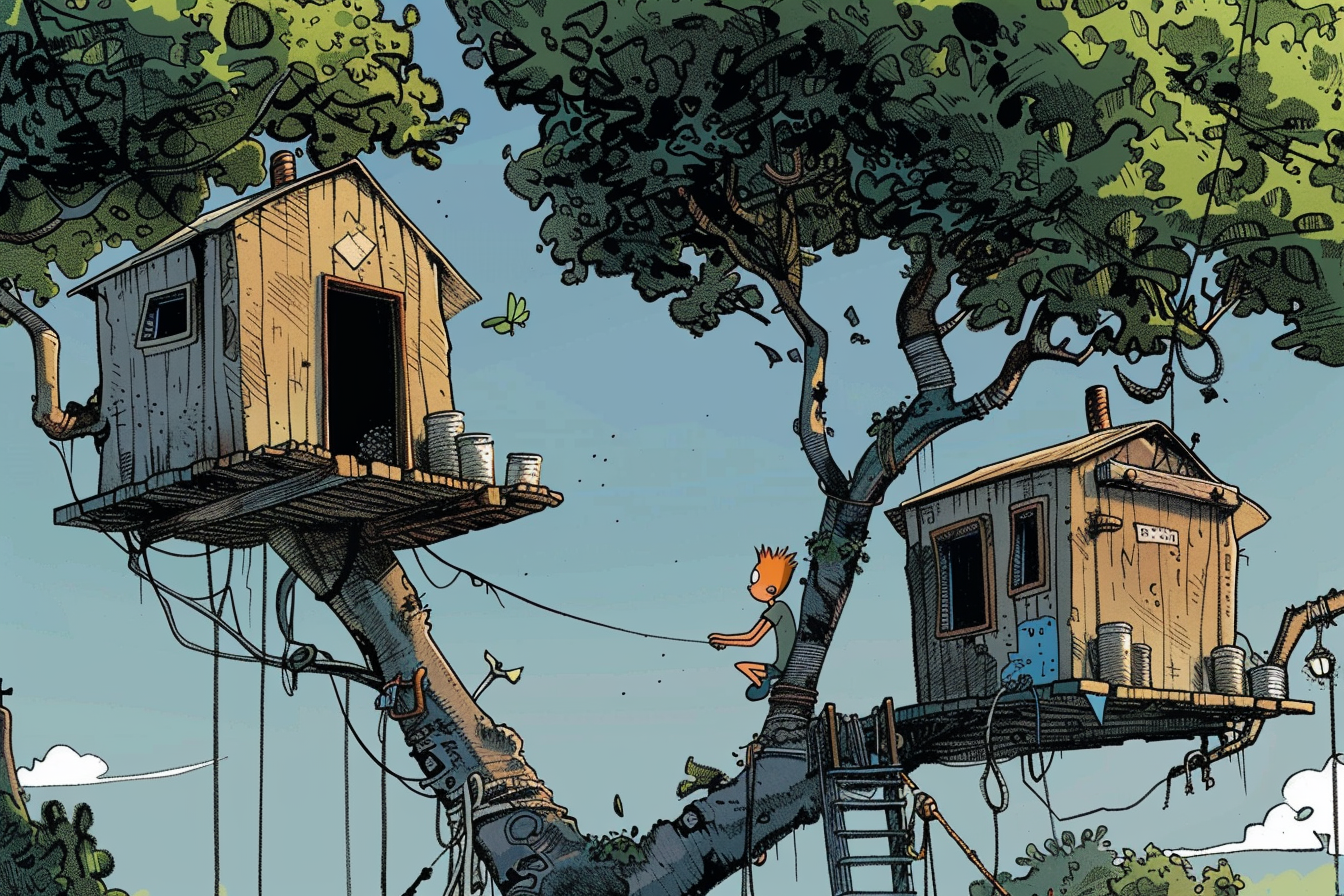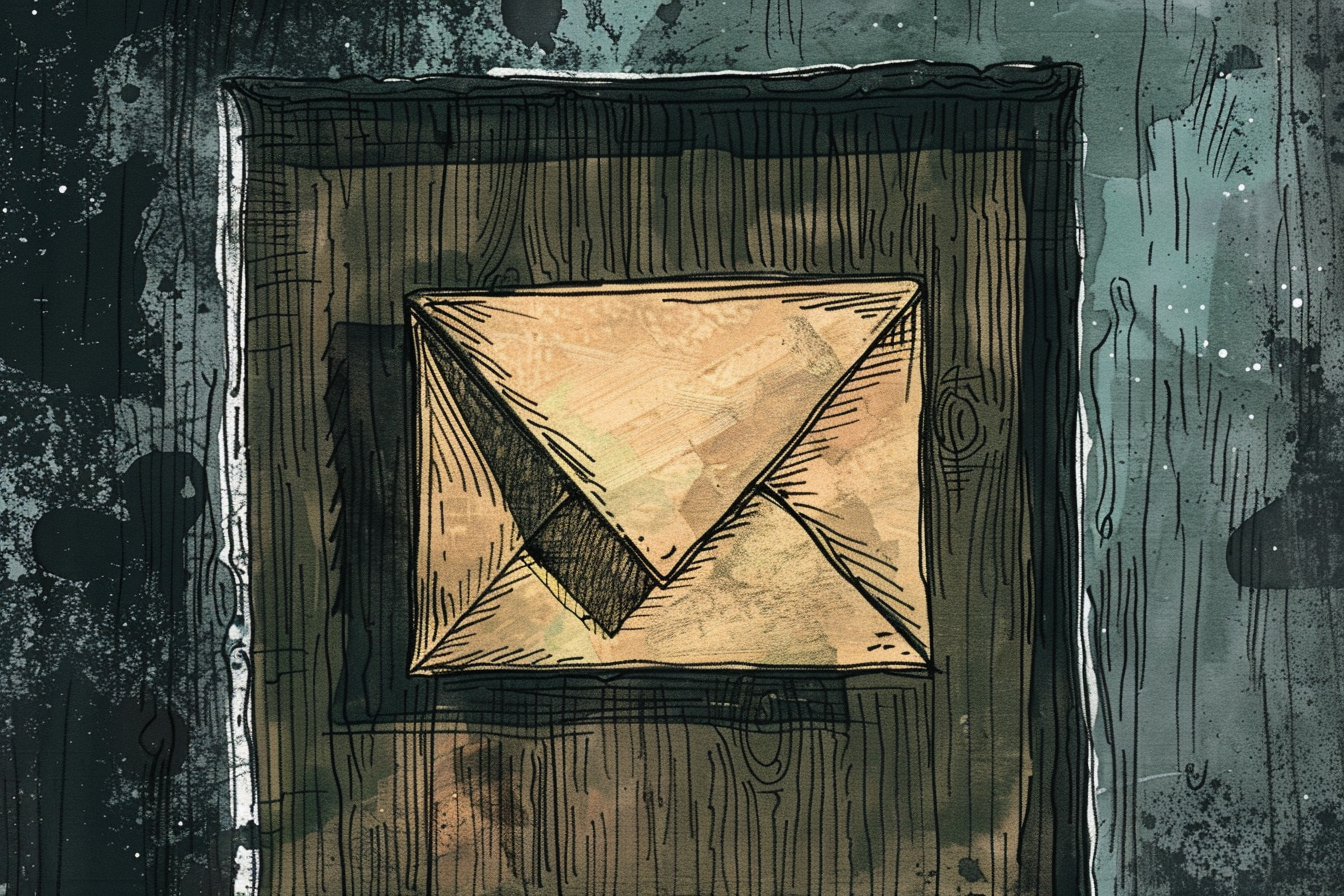About Quilibrium and Components
Level 1: Communication
Imagine our tree house club wanted to talk to other tree house clubs, how would we do it? Most of us have played the telephone game with tin cans and string, so imagine if you and all your friends set up a bunch of strings across the tree houses – now you can all talk to each other! Suddenly you can play games across the forts – Battleship, go fish, anything you can communicate.

But what if another tree house decided to attach a hidden string to your line and listen in? You write a secret codewords book, and give a unique one to each of the forts you want to communicate with – that way, only they can talk to you, anyone trying to listen in can't make sense of it. But games are often unique, and even if they don't know that CRAB PILOT BISCUIT BANJO = "you sunk my battleship!", they can pick up on your communication patterns to figure out what you're talking about, especially if those code words don't change with every use! So, you do two things: you make your codewords book really big (bigger than you'll ever need!), and you have a special word that says "this is the actual end of my message", then you fill in your message with extra random words so that every message you send over the tin can is exactly the same length. Now, nobody can tell

But they do know

Reference
- "ELI5: Quilibrium" on Paragraph, 17 May 2024 - https://paragraph.xyz/@quilibrium.com/eli5-quilibrium
